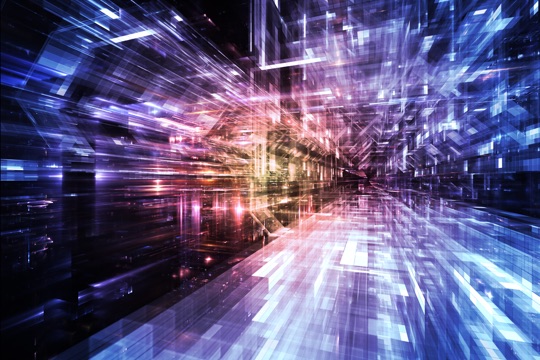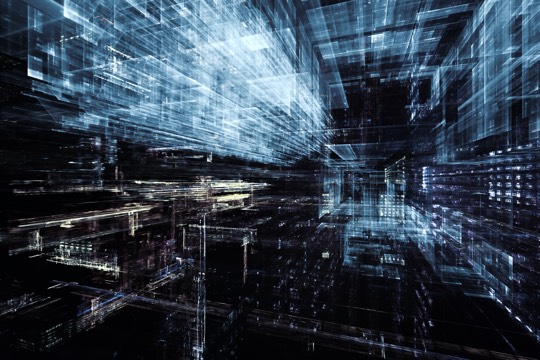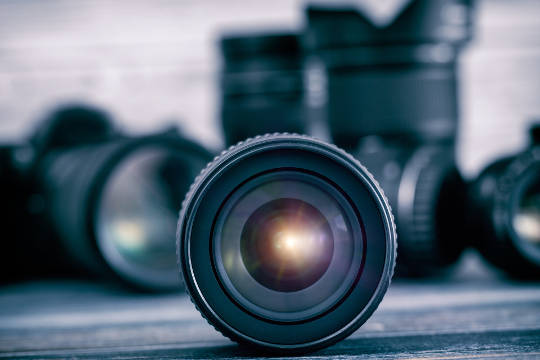TECHNOLOGY FOCUS
CMOS image sensors are becoming more and more complicated. In the mid-nineties the devices were simple image sensors, but over the recent years they have become complete camera systems.
Characterization and evaluation of these highly sophisticated SoC's (system-on-chip) is no longer straightforward.
Furthermore the pixels of the sensors are becoming extremely small and their limited size can have negative effects on dynamic range, light sensitivity, noise and speed.
In the context of further optimization of the imaging functionality, it is of great importance to have a good understanding of performance-limiting parameters of the system. These can only be revealed by performing dedicated measurements on the image sensors and/or on the complete camera systems.
That is what this course is all about: learning to characterize an imaging system by means of hands-on experience.


COURSE CONTENT
This is an advanced course focusing on the characterization and evaluation of solid-state image sensors and digital cameras. It is the first course ever and still the only one in digital imaging that will be almost solely conducted based on hands-on experimental equipment.
The theoretical background of the measurements will be explained first. The participants will then themselves perform the measurements by means of the hardware and software available in the classroom. To get the best learning effect the maximum amount of participants will be limited to 16.
The following equipment will be available: Commercially available cameras (monochrome and colour), light sources, power supplies, and standard software tools to grab images running on laptops. Critical camera performance parameters will be measured.
WHO SHOULD ATTEND
This course is intended for engineers that already have some experience in the field.
It can be regarded as a continuation of;

Day 1
Getting Acquainted
The first session will allow the participants to get familiar with the equipment present in the classroom. The cameras provided are all USB compatible, and are making use of standard software (supplied by the camera manufacturer) to download images onto the computer. The complete concept of the course is designed/optimized in such a way that everyone can easily work with it. Number crunching, data plotting, and data extraction will be done by commercially available software tools.
The very first measurements we perform together to become familiar with two important evaluation methods: measuring/calculating temporal noise and measuring/calculating fixed-pattern noise.
After the introductory session, the group of participants will be split in sub-groups to give everyone exposure to the hands-on experience.
Measurements in Dark
It is astonishing how many parameters of a sensor/camera that can be measured without any light input. The photodiodes of the image sensors are collecting charges and in principle it does not matter whether these charges are being generated by photons or whether they come through leakage currents in the structure. Once a charge packet is collected in a photodiode, it can be used to characterize the imager!
By means of dedicated dark measurements the following parameters can be evaluated:
- Dark Current Density
- Dark-Signal Non-uniformities on Pixel Level, Column Level and Row Level
- Dark Reference Lines/Pixels
- Leaking Pixels
Day 2
The measurements in dark will continue on the second day, focusing on the temporal noise effects in the imager/camera.
Extra parameters evaluated are :
- RTS Pixels
- Defect Pixels
- Temporal Noise on Pixel Level, Column Level and Row Level
- Conversion Gain (if the dark current is large enough)
Measurements with Light
Image sensors and cameras are being developed to convert incoming photons into a measurable quantity. Therefore, it is also of great importance to evaluate the light characteristics of the devices.
Parameters that can be measured when photons are impinging on the sensor are:
- Light Non-uniformities (PRNU or Photo-Response Non-Uniformity)
- Linearity (INL and DNL)
- Blooming Characteristics
- Black Sun
- Green-Green Differences
- Reciprocity Effect
- Saturation Level
- Dynamic Range
Different participant subgroups will work on different set-ups, not necessarily performing the same measurements. However, at the end of the course, everyone will get copies of the outcome of all characterizations performed by all groups.
Said about the course from previous participants:
"The course offers the opportunity for image sensor designers the best way to evaluate a sensor."
"Clear explanations. Interactivity."
"You could directly see results."
"I learned several practical aspects of the CMOS imager characterization process."
"Good idea to get hands-on experience with image testing methods."

